I first learned how to make dumplings from my grandmother, who was an amazing cook. But she had the tendency to overstuff hers full of ingredients, and I always thought she overpowered her meat with the ginger. Then, post-college, living in a house with 4 other girls, we threw a number of dumpling parties where we would make our own dumpling filling and have other people come by and help wrap the dumplings. So over the years, I’ve started to hone in and perfect my dumpling recipe, which I’m sharing with you below. I’ll show you my preference to use pork and cabbage as a filling, but I might eventually show you variations of the filling on this blog in the future.
I’ll show you how to make the filling for the pork dumplings, and how to seal and fold them in the step-by-step photographs below. Note, you can boil these dumplings, but I show you how to pan-fry them instead to make potstickers. A full printable recipe is included at the bottom of the page. But first, some tips and notes for success:
- Season well: Similar to my meatballs advice, I encourage you to go more heavy-handed on the seasoning for the filling. Even more so with dumplings, because the wrappers tend not to have a ton of flavor on their own. Don’t skip on the soy sauce, white pepper and sesame oil which really make the pork dumplings incredibly flavorful and aromatic – with lots of umami.
- Dumpling skins: Making your own always tastes better, but it is fairly labor and time intensive (Chowhound has a good basic recipe). I often just buy the round dumpling wrappers from my local Asian grocery store. It’s important not to use the square wonton skins as they have a different texture but also can only be folded into small wontons.
- Sealing the dumplings: You’ll see different suggestions on how to seal dumplings – cornstarch and water, egg whites, or just water. I usually stick to just cold tap water, but all methods work. You just need a bit of liquid to help the sides of the dumpling stick together. Just be sure not to use too much water or it makes it too slippery and actually prevents you from folding the dumplings easily.
Preparing the cabbage
I prefer the taste of Napa cabbage as it’s more common in Asian dishes, but it can be tougher to come by if you don’t have an Asian grocery store nearby. You can easily sub out for regular green cabbage (be careful not to pick up lettuce by accident!). Preparation will be the same for both.
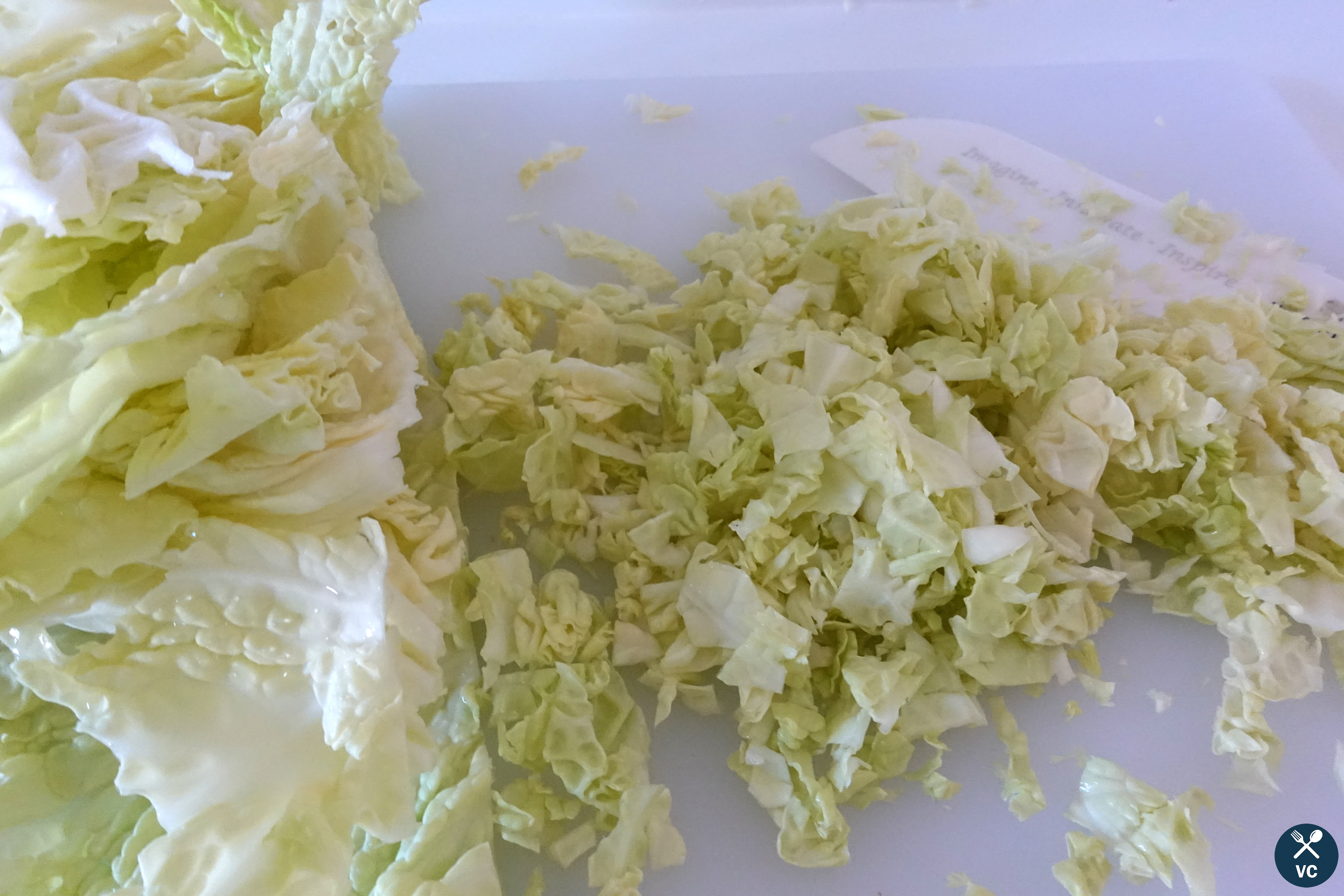
Cabbage naturally has a lot of water in the leaves, so it’s important to get out all of the excess liquid first. Otherwise your dumplings will end up soupy and watered down. To first draw out the water from the cabbage, sprinkle about two teaspoons of salt over the chopped cabbage. Place the salted cabbage a fine mesh strainer or colander and set it over the bowl. The salt will draw the liquid out of the leaves over time, so let it sit undisturbed for 15-30 minutes to drain. You should see a puddle of liquid at the bottom of the bowl by the end.
After the cabbage has drained for a while, transfer the leaves to the center of a large cheesecloth or clean dish towel. Gather up the edges so the cabbage sits in the middle and can’t escape. Over a bowl or sink, squeeze and wring out the extra moisture out of the cabbage.
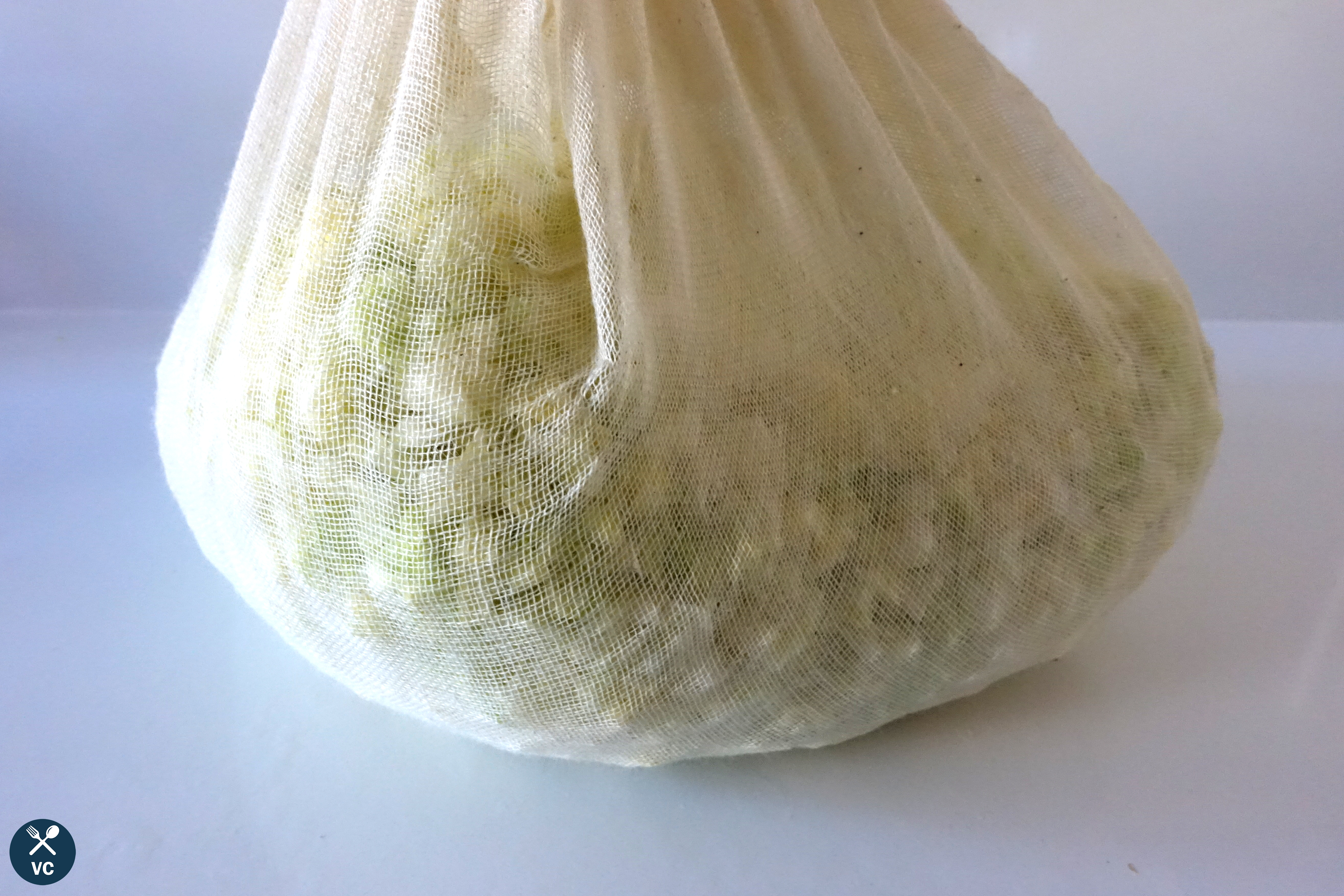
Mixing the filling
As the cabbage drains, add in ground pork, soy sauce, grated ginger, minced garlic, chopped scallions, and white pepper in a separate large bowl. Add the dried cabbage directly to the bowl. Mix the filling well with your hands. Your hands are the best instrument to ensuring all of the ingredients are well incorporated.

Once mixed, it’s important to taste test the filling because you won’t be able to adjust after you seal it in the dumpling wrappers. In a small frying pan, heat up a small amount oil and add a spoonful of the filling. Pan-fry until cooked through and golden. Taste. Then adjust seasonings as necessary.
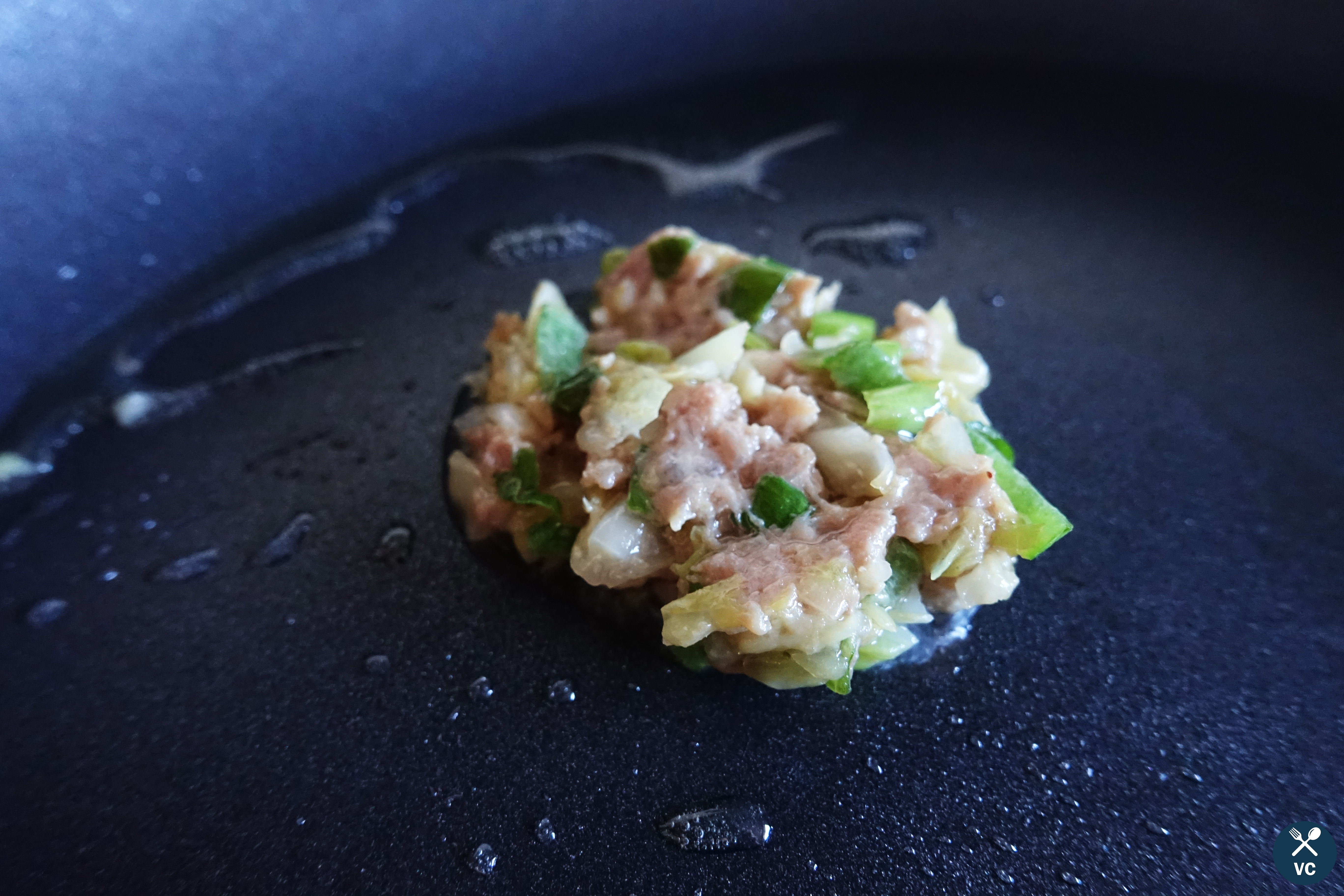
Again, similar to meatballs, I encourage you to go more heavy-handed on the seasoning for the filling. Even more so with dumplings, because the wrappers tend not to have a ton of flavor on their own. Don’t skip on the soy sauce, white pepper and sesame oil which really make the pork dumplings incredibly flavorful and aromatic – with lots of umami.
Assembling the dumplings
Set up a work station to expedite dumpling assembly. You’ll need:
- Bowl with the dumpling filling
- Spoon or chopsticks to transfer filling
- Small bowl with cold water – to dip your finger in for sealing the dumplings
- Baking sheet lined with parchment paper
- Stack of dumpling wrappers covered in plastic wrap
- Clean dish towel or paper towels for wiping your hands
- Slightly damp towel to cover finished dumplings
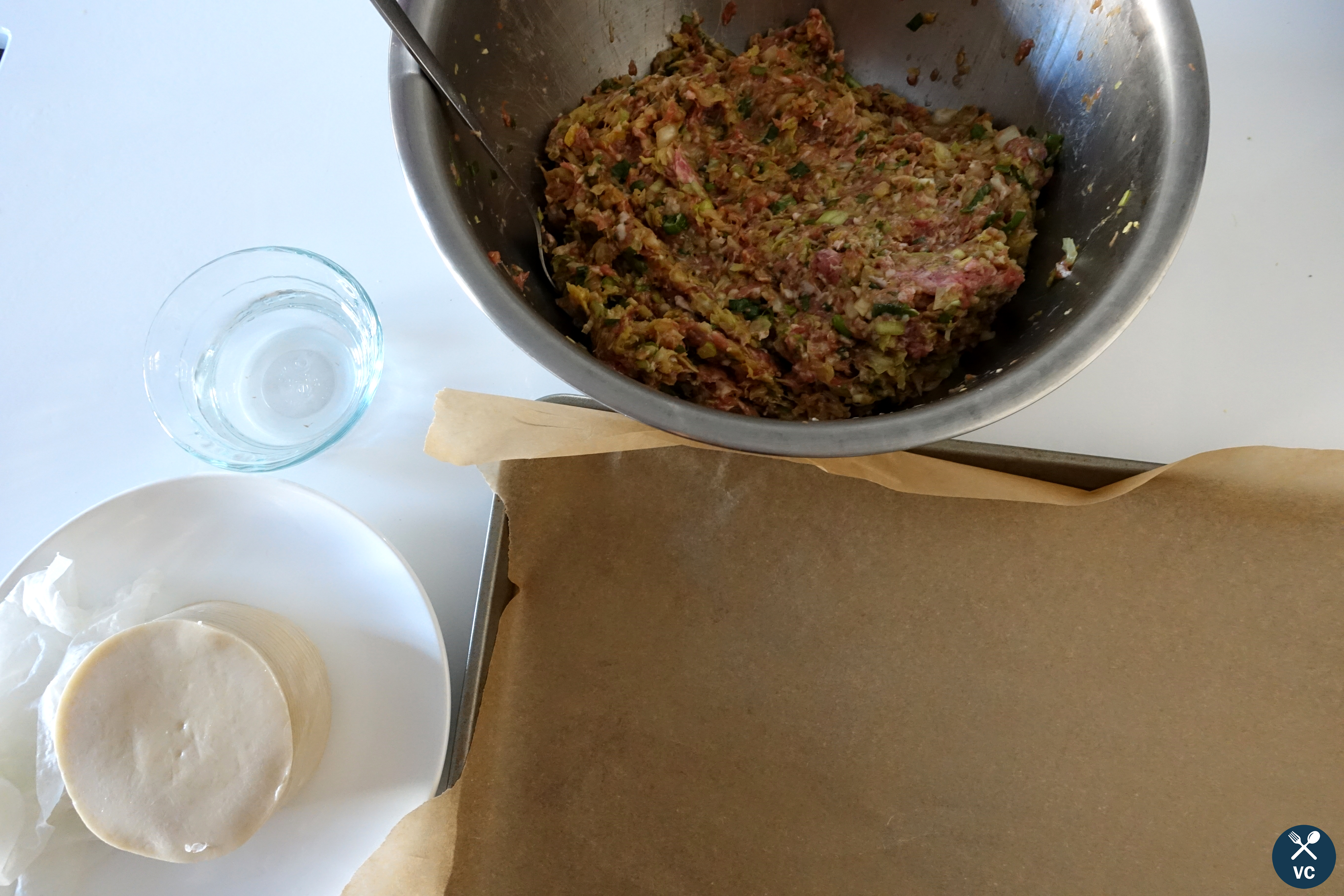
Take one wrapper and lay it flat in the palm of your non-dominant hand facing upwards. With a spoon or chopsticks, use your other hand to transfer a heaping tablespoon of the filling in the center of the dumpling wrapper. If you’ve never wrapped dumplings before, you might want to start with slightly less filling at first. It’s important to not overfill the wrapper as you’ll have trouble sealing the dumpling later.
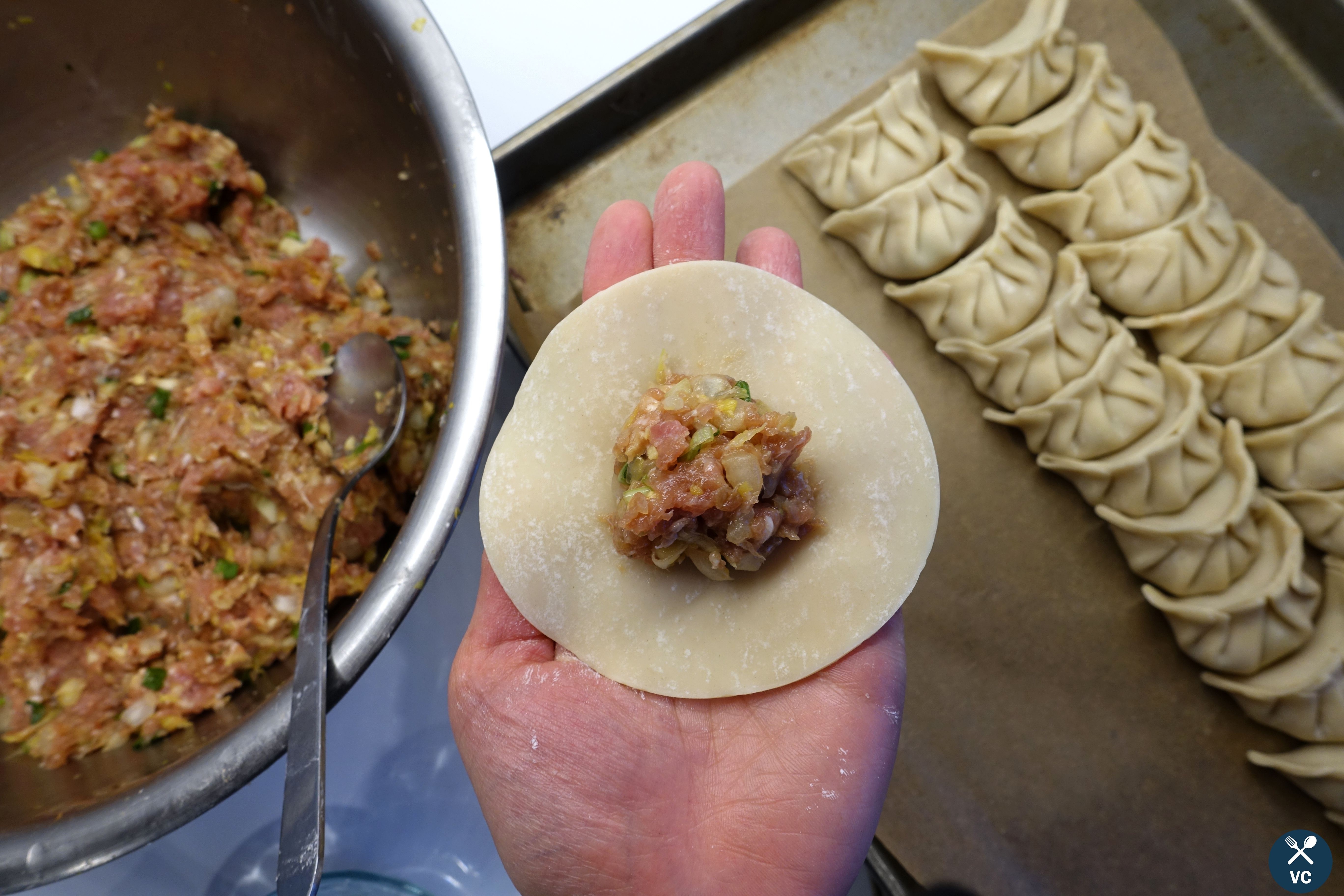
To seal the wrappers:
Using your fingertip, dip your fingertip in the bowl of water and lightly moisten the outside edge of the wrapper with water. Be careful to not use too much water or the wrapper will be too slippery and can’t seal well.
Fold the wrapper in half around the filling, so it forms a half-moon shape. Carefully pinch the middle of where the dumpling wrapper sides meet. Then, starting from one side, carefully pinch the edges of the dough and pull towards the middle to form 3 pleats per side. Press each pleat against the flat side of the dough to seal the dumpling as you go. Repeat on the other side of the dumpling, also working towards the center. Ensure the dumpling is completely sealed, and the filling isn’t leaking out. If there is too much dumpling, open it back up and remove some of the additional meat mixture, then reseal.
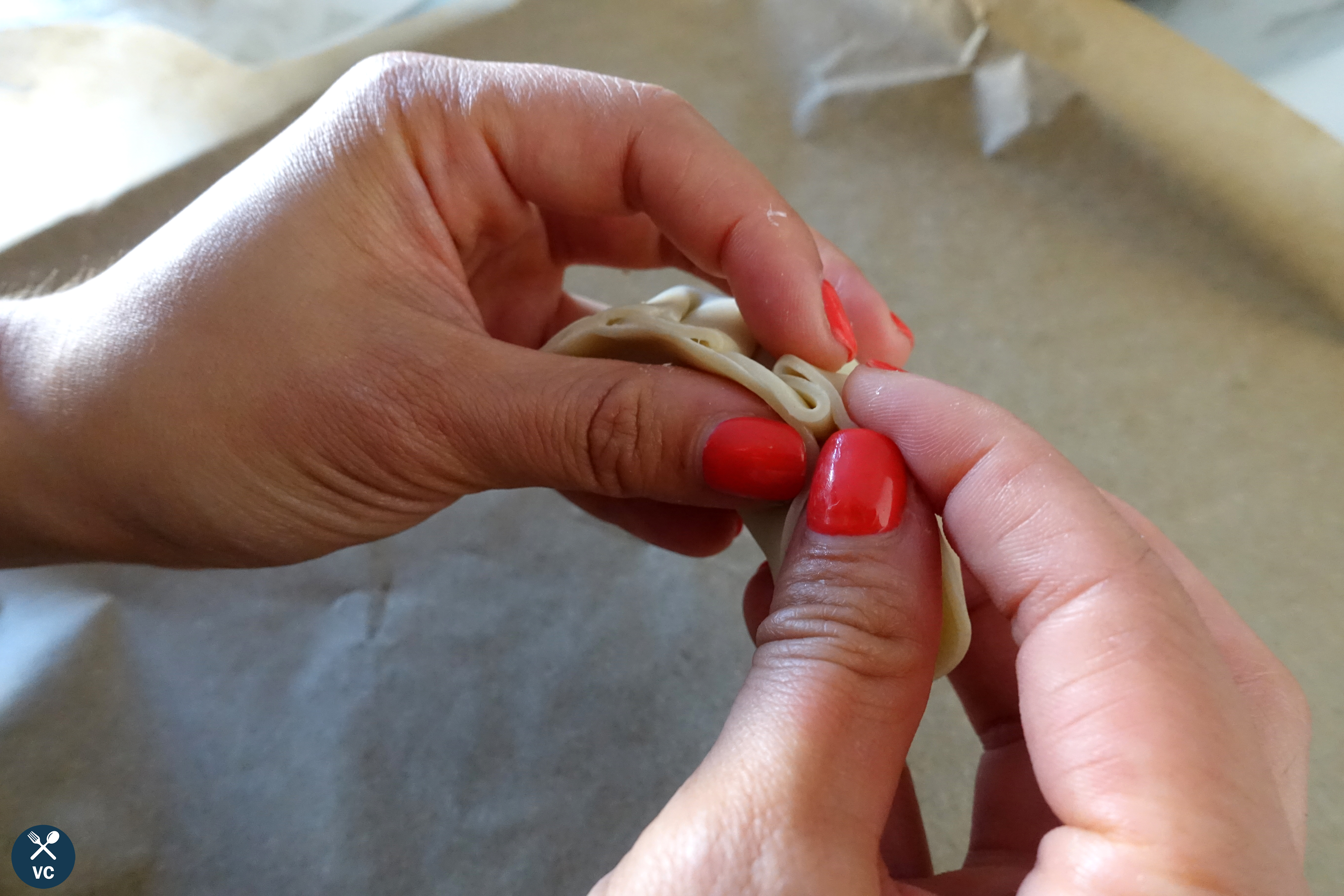
Place the finished pork dumplings on parchment-lined baking sheet. Cover with a slightly damp towel to keep them from drying out.
If you want to freeze and save your dumplings for later, place the entire baking sheet with the dumplings – uncovered – in the freezer for about 30 minutes or until they harden. Then transfer to dumplings to a Ziploc bag and seal. You don’t want to move to a plastic resealable bag first because then the dumplings will stick to each other and freeze that way. You can keep the frozen dumplings for several months. Reheat in the same fashion as outlined below except you’ll need to allow for a longer time during the steaming process.
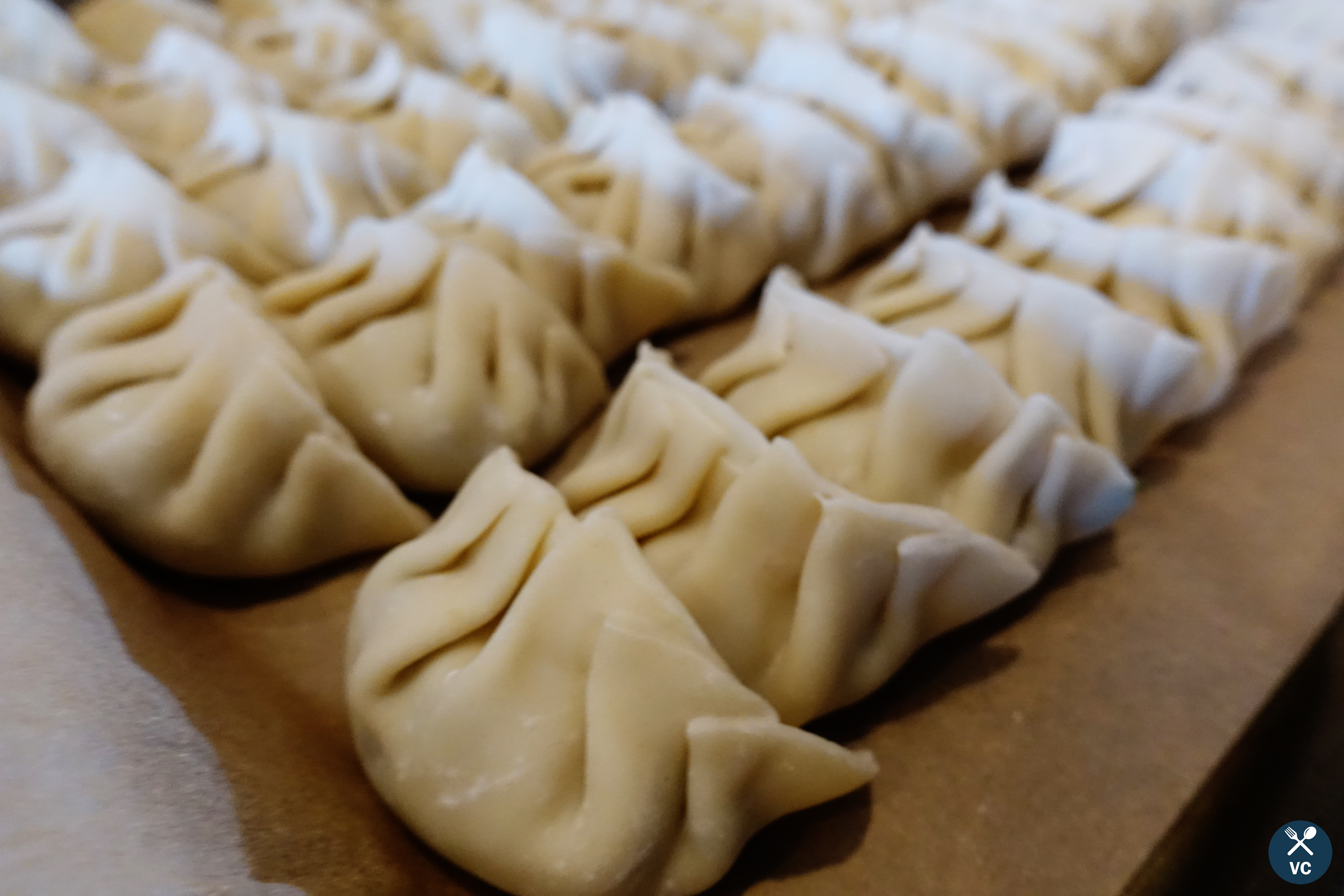
Cooking the pork dumplings
Heat 1 tbsp vegetable oil over medium-high heat in a medium skillet. Place dumplings bottom-side down in a single layer, nestling within each other to help them fit closely together.
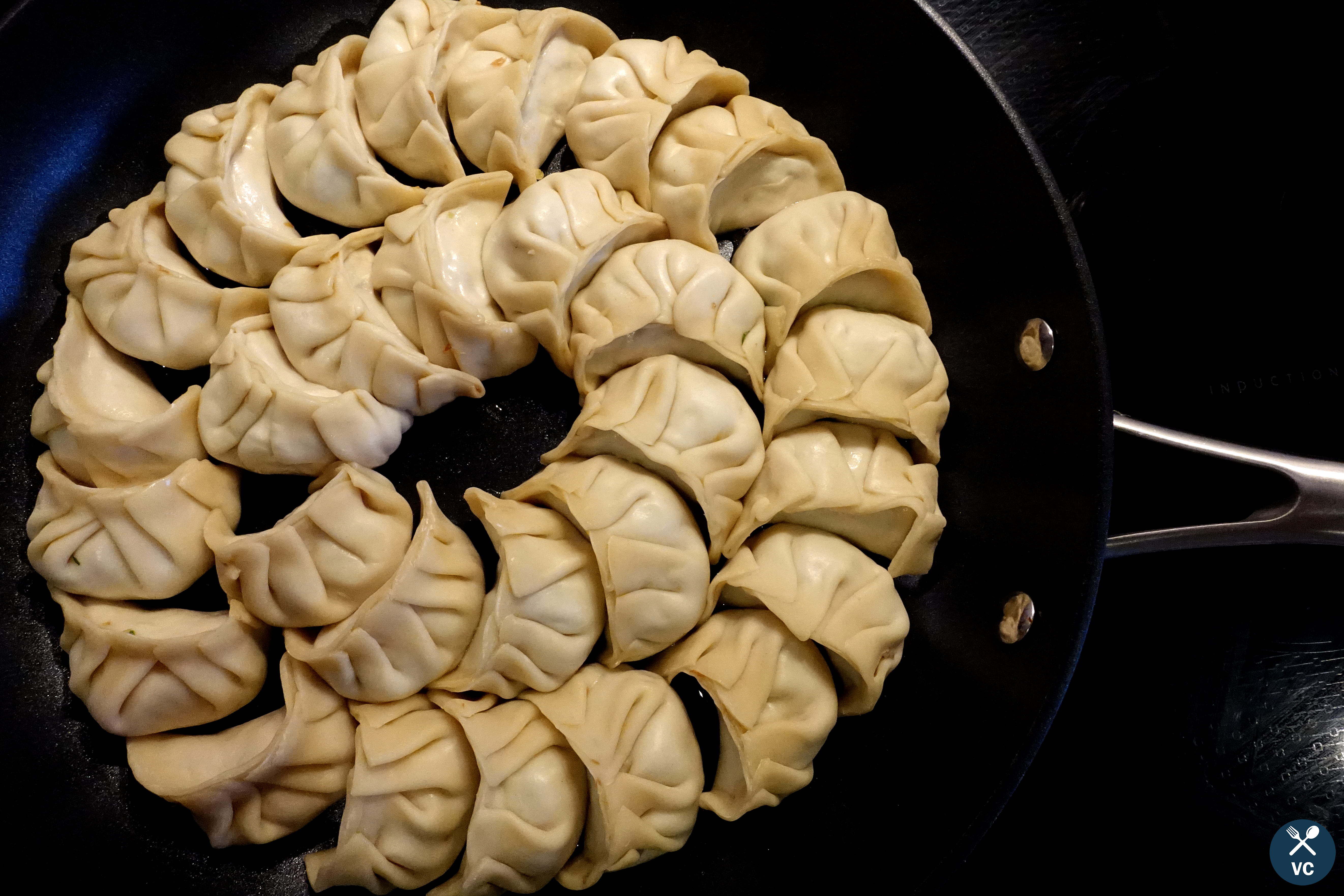
Let cook undisturbed for 1-2 minutes until the bottom starts to turn golden. Add 1/2 cup of water to the skillet, pouring carefully as the water may splatter. Cover with a lid. Let the dumplings cook through for about 4-5 minutes, then remove the lid. Continue to cook until the water evaporates and the bottoms of the dumplings crisp up again, about 2-3 more minutes. If you like your dumplings extra crispy, you can flip them over to get crisp on the other side as well. I personally like my dumplings extra crispy so I do a few extra turns in the pan.
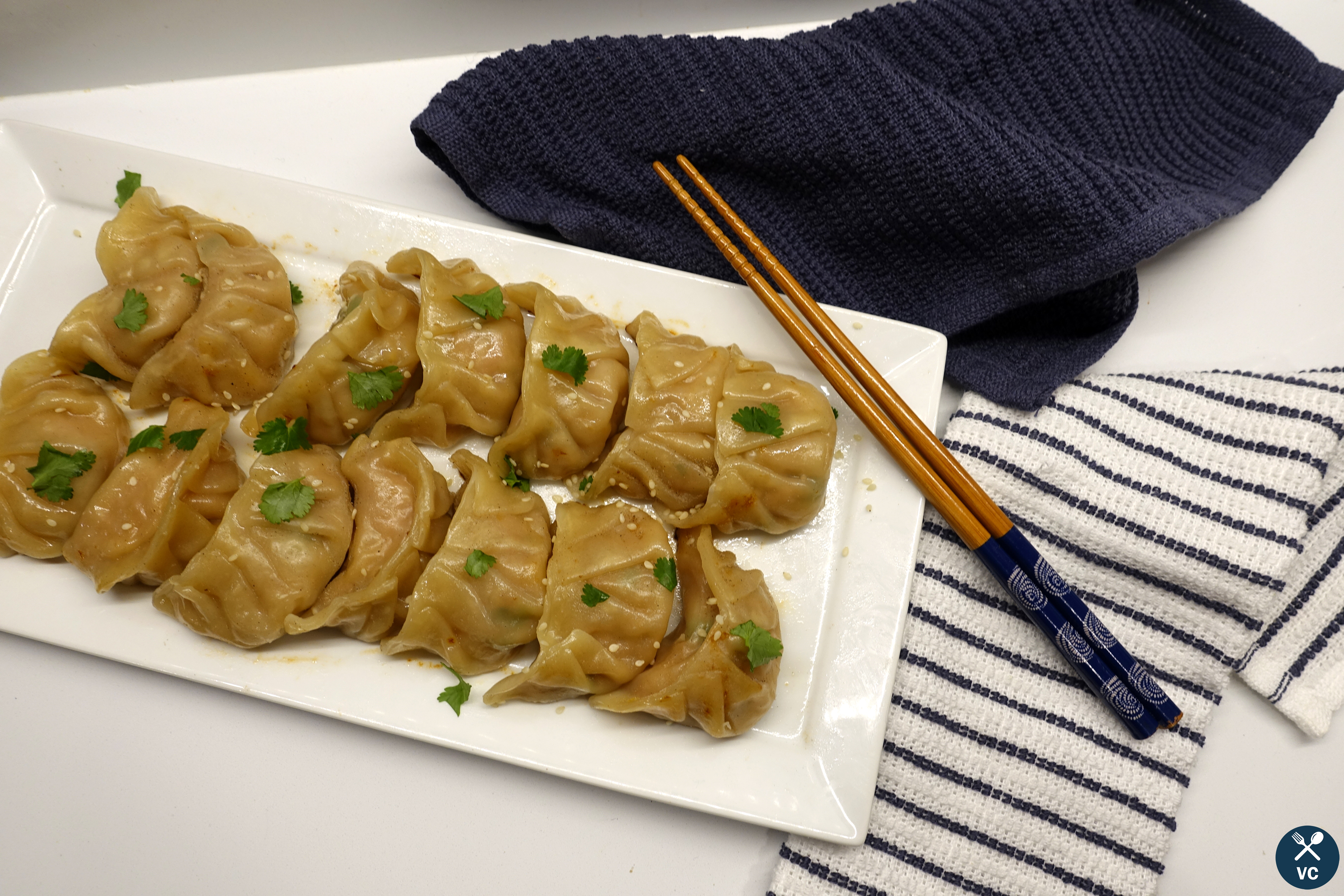
Transfer the crispy pork dumplings to a plate and serve with a dipping sauce of soy sauce, rice wine vinegar, sesame oil, and sriracha (optional). Sometimes I’ll mix in black vinegar or chili oil into the sauce for some extra flavor. Garnish with green onions and sesame seeds.
Note: You can easily double or even triple this recipe to make a large batch of potstickers, just make sure you have enough dumpling skins. Uncooked dumplings freeze well so you can always save some for the future.
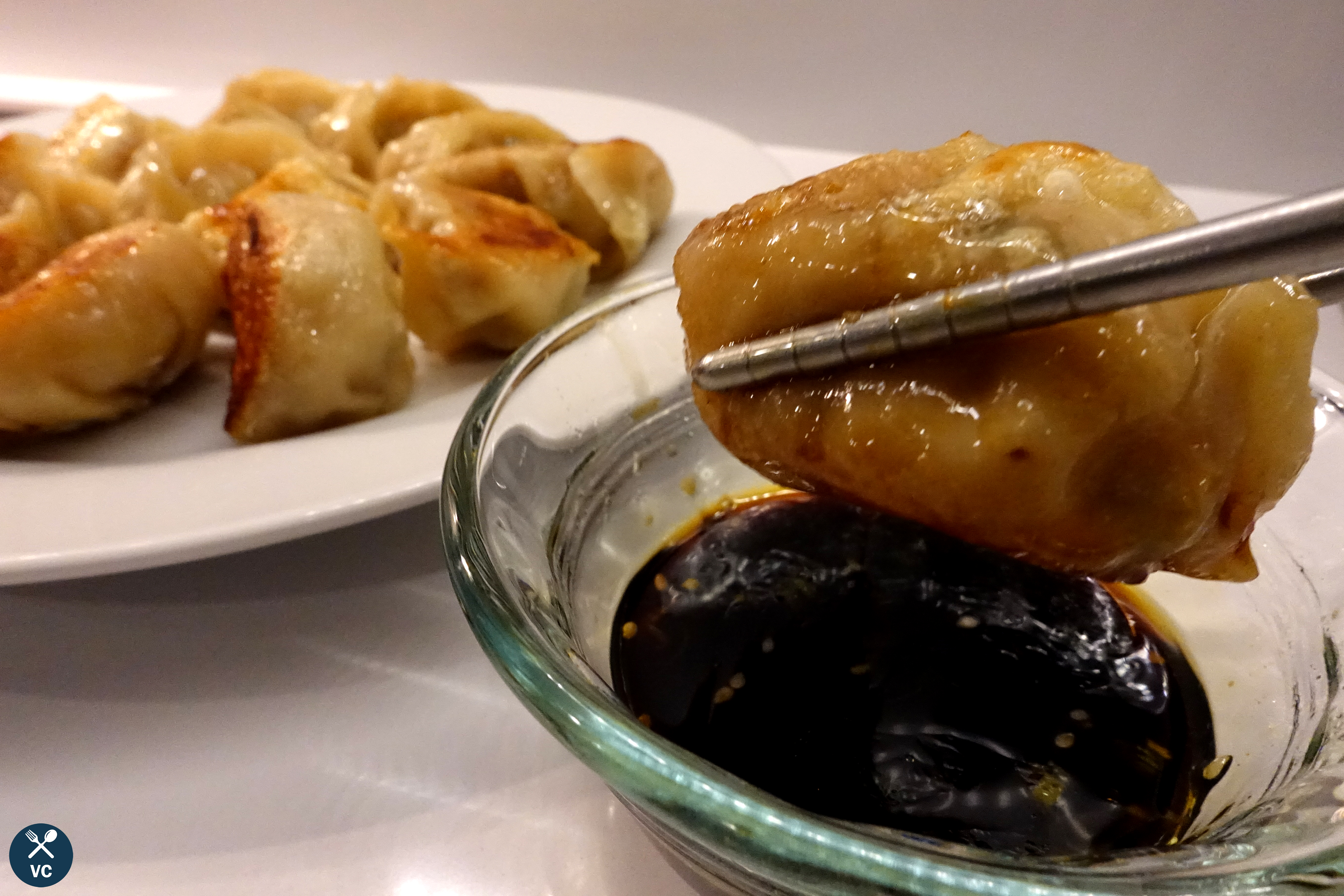
Asian Pork and Cabbage Dumplings
Print RecipeIngredients
- 2-3 packages of round dumpling wrappers
- 1/2 head of Napa cabbage, finely chopped (or 3/4 head regular green cabbage)
- 2 teaspoons salt
- 1 pound ground pork
- 1/3 cup soy sauce
- 1.5 tablespoons Chinese rice wine, Mirin or dry sherry
- 2 teaspoons freshly ground white pepper
- 1.5 tablespoon sesame oil
- 5 green scallions, finely chopped (both green and white parts)
- 1 tablespoon fresh ginger, finely minced or grated
- 4 cloves garlic, peeled and finely minced
- Vegetable oil
- For the dipping sauce:
- 3 tablespoons soy sauce
- 3 tablespoons rice vinegar
- 2 teaspoons sesame oil
- 1 teaspoon sriracha or other hot chili sauce (optional)
- Green onions and sesame seeds (optional)
Instructions
Draw water out of the cabbage: Sprinkle salt over the chopped cabbage and mix well. Place in a fine mesh strainer or colander and set it over the bowl. Let stand for at least 15 minutes to drain.
Add in filling ingredients: As the cabbage drains, in a separate large bowl, add in ground pork, soy sauce, grated ginger, minced garlic, chopped scallions, and white pepper.
Wring out the cabbage: Transfer cabbage to the center of a large cheesecloth or clean dish towel and gather up the edges. Over a bowl or sink, squeeze and wring out the extra moisture out of the cabbage. Discard the extra liquid. Add the dried cabbage to the bowl with the pork.
Mix the filling: With your hands, mix the pork, cabbage and aromatics mixture until all ingredients are well incorporated.
Test the filling: Cook a small amount of the filling in a small frying pan with vegetable oil to test the flavor. Adjust seasoning as necessary.
Set up your station: Set up your area with a small bowl of cold water, bowl with the dumpling filling, a baking sheet lined with parchment paper, a stack of dumpling wrappers covered in plastic wrap, slightly damp towel, and a clean dish towel or paper towels for wiping your hands.
Fill the dumplings: With a spoon or chopsticks, place a heaping tablespoon of the dumpling filling in the center of the dumpling wrapper.
Sealing the filling: Using your fingertip, dip your fingertip in water and lightly moisten the outside edge of the wrapper with water. Fold the dumpling in half, so it forms a half-moon shape. Carefully pinch the middle of where the dumpling wrapper sides meet.
Pleat the edges: Working from one side, carefully pinch the edges of the dough and pull towards the middle to form 3 pleats per side. Pinch each pleat against the flat side of the dough to seal the dumpling as you go. Repeat on the other side of the dumpling, also working towards the center. Ensure the dumpling is completely sealed, and the filling isn't leaking out.
Set aside or store dumplings: Place finished dumplings on the parchment-lined baking sheet. Cover with a slightly damp towel to keep them from drying out.
Cooking the dumplings: Heat 1 tbsp vegetable oil over medium-high heat in a skillet. Place dumplings bottom-side down in a single layer, nestling within each other to help them fit closely together. Pan-fry for 1-2 minutes until the bottom starts to turn golden.
Steaming: Carefully add 1/2 cup of water to the skillet and cover with a lid. Let the dumplings cook through for about 4 minutes, then remove the lid. Continue to cook until the water evaporates and the bottoms of the dumpling crisp up again, about 2-3 more minutes. If you like your dumplings extra crispy, you can flip them over to get crisp on the other side as well.
Serving: Transfer crispy dumplings to a plate and serve alongside a dipping sauce.
Notes
You can freeze the dumplings prior to cooking. Freeze on the baking pan so they don't stick for at least 30 minutes to an hour, then transfer to a resealable plastic bag. Frozen dumplings can be kept for up to 3-4 months.

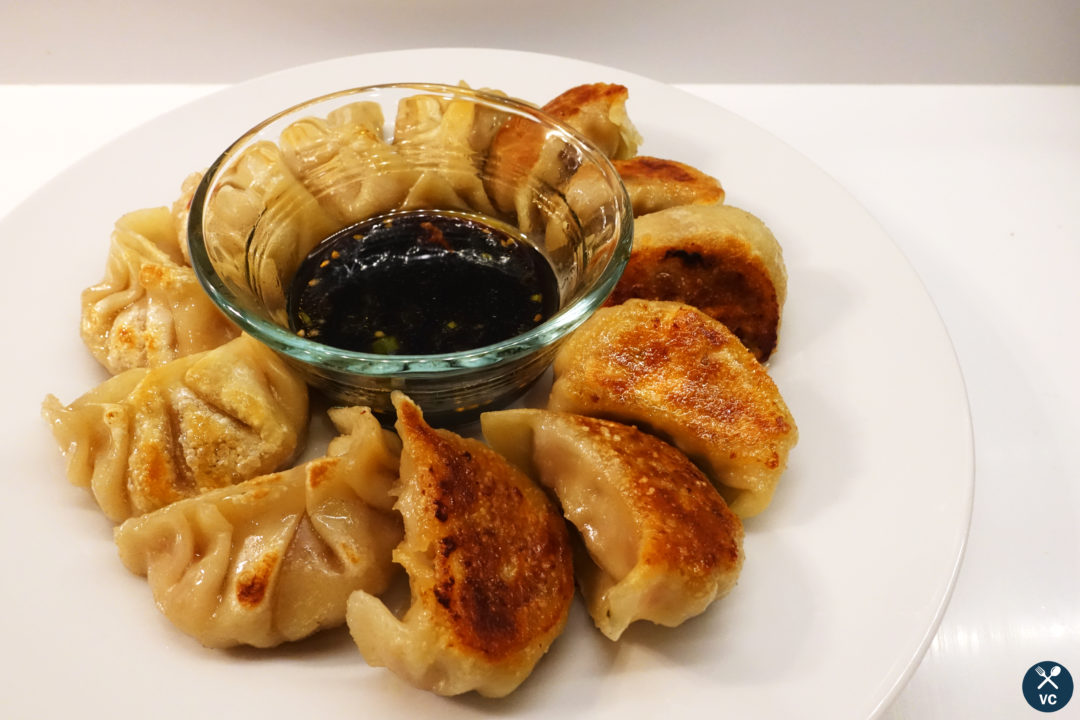
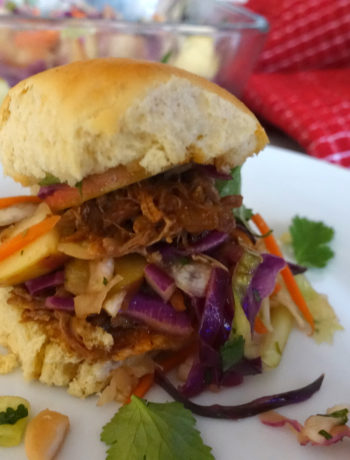
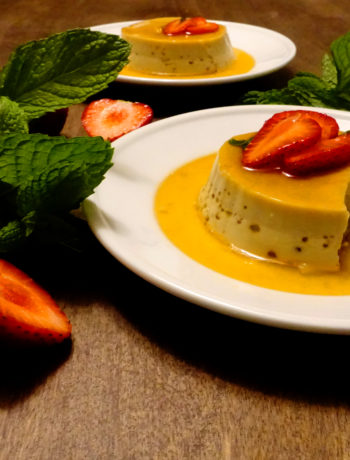
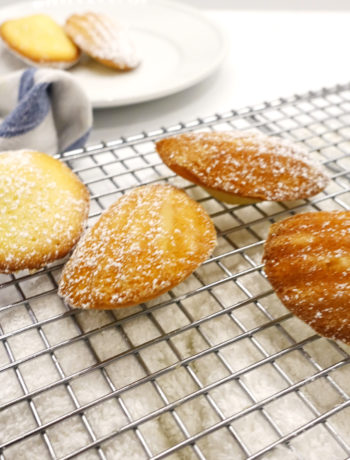
2 Comments
Chinese Green Beans with Chili-Garlic Sauce - VC in the Kitchen
October 16, 2016 at 12:06 pm[…] Asian Pork and Cabbage Dumplings (Potstickers) […]
Chinese Green Beans with Chile-Garlic Sauce - VC in the Kitchen
October 15, 2016 at 10:50 pm[…] Asian Pork and Cabbage Dumplings (Potstickers) […]